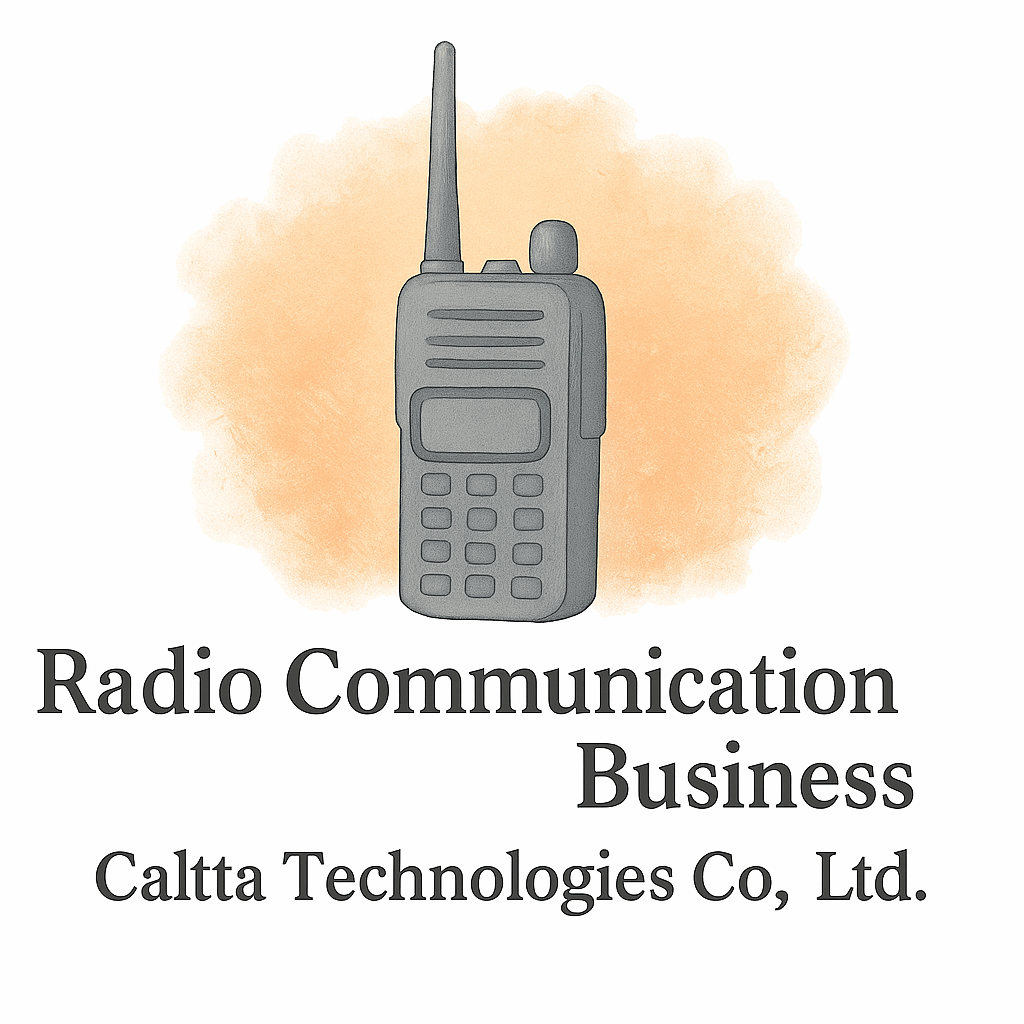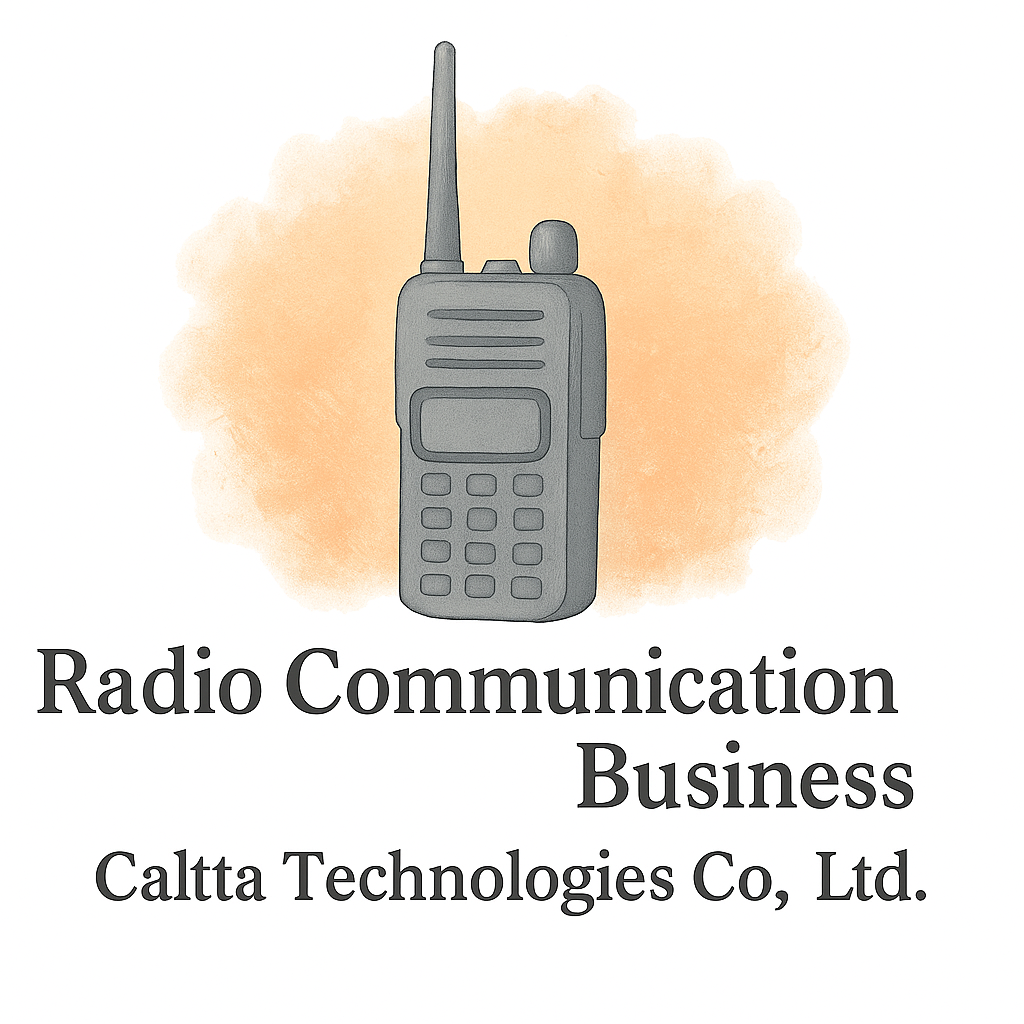Introduction
When disaster strikes, cell towers crash, the internet fails, and power grids collapse. Yet, one technology consistently proves its resilience: radio communication. From hurricanes to earthquakes, radios have kept first responders, communities, and even businesses connected when every other system crumbles.
In this article, we’ll explore 10 radio communication lessons learned from natural disasters—insights that can help governments, organizations, and everyday people strengthen preparedness and avoid communication blackouts when it matters most.
Why Radio Communication Matters During Natural Disasters
A Lifeline When Infrastructure Fails
Unlike smartphones that rely on fragile networks, radios are self-sustaining. They operate on independent frequencies, making them indispensable in emergencies. During Hurricane Katrina and the 2011 Japan earthquake, amateur radio operators were among the first to restore lifelines for survivors.
The Human Element of Communication
Radios aren’t just technical tools—they’re emotional anchors. A voice on the other end reassures frightened families, coordinates rescue teams, and creates hope when everything feels uncertain.
Lesson 1: Always Have a Backup Power Source
Generators and Solar Power
One of the biggest challenges during disasters is keeping equipment alive. Radios, no matter how reliable, are useless without power. Many emergency stations now pair solar panels with backup generators, ensuring round-the-clock operation.
Battery Management Best Practices
Simple actions—like rotating charged batteries, storing spares, and using low-power settings—can dramatically extend radio life. Businesses can integrate this into their equipment and technology planning.
Lesson 2: Redundancy is Essential
Multiple Frequencies for Reliability
When one frequency is jammed or overcrowded, having alternative channels ensures communication flows. Emergency operators often maintain primary, secondary, and even tertiary frequencies.
Cross-Device Preparedness
Radios should be complemented by two-way handheld devices, vehicle-mounted units, and base stations. This layered approach mirrors business setup strategies that thrive on redundancy.
Lesson 3: Training Matters More Than Technology
Regular Drills and Practice
Even the most advanced radio system is useless if operators don’t know how to use it. Countries that conduct community drills have proven faster recovery times.
Importance of Certification and Licensing
Ham radio operators undergo rigorous training, which pays off in emergencies. For businesses, investing in training and compliance ensures employees are prepared for any crisis.
Lesson 4: Clear Protocols Prevent Chaos
Standardized Radio Language
Phrases like “copy,” “over,” and “out” aren’t just jargon—they cut through confusion. Miscommunication in a disaster can cost lives.
Chain of Command Communication
Radios must follow a clear command structure. Just as in business leadership, clarity reduces duplication and wasted time.
Lesson 5: Accessibility and Inclusivity in Communication
Serving Diverse Communities
During natural disasters, not everyone speaks the same language or has the same hearing abilities. Radios should be part of a wider strategy to reach multilingual and vulnerable groups.
Tools for Hearing-Impaired and Vulnerable Groups
Tactile devices, vibration alerts, and integration with assistive technology can save lives for those with disabilities.

Lesson 6: Local Knowledge is as Crucial as Global Tech
Community Radio Roles
Local radio stations often become the heartbeat of a region during crises. They provide real-time, hyperlocal updates that global outlets overlook.
Leveraging Local Frequencies
Every community has unique frequency allocations—knowing and preparing them beforehand is vital, much like tailoring marketing strategies to local audiences.
Lesson 7: Integration with Other Technologies
Satellite Communication Backups
Satellites complement radio systems when ground-based infrastructure collapses. Emergency planners combine both for resilience.
Combining Radio with Digital Tools
Modern radios sync with GPS, mapping apps, and emergency alerts. Businesses too can integrate radios with digital promotion strategies for complete continuity.
Lesson 8: Maintenance and Equipment Care Save Lives
Regular Equipment Checks
Radios must be tested frequently. Outdated or faulty gear has cost precious time in past disasters.
Stocking Spare Parts and Tools
Just as companies invest in cost-saving equipment planning, emergency teams stockpile spare antennas, chargers, and batteries.
Lesson 9: Networking Builds Stronger Response Teams
Interagency Collaboration
Police, firefighters, NGOs, and healthcare providers need to share radio networks. Without collaboration, efforts are duplicated and chaotic.
Volunteer and Civilian Networks
Ham radio clubs and local volunteers often step in when official systems collapse. Encouraging such entrepreneurial community spirit is invaluable.
Lesson 10: Continuous Learning from Each Disaster
Case Studies and Debriefs
Every disaster reveals communication gaps. Post-event analysis—like those found in industry insights—helps refine protocols.
Implementing Lessons into Policy
Updating laws, compliance rules, and regulations ensures lessons don’t fade. Governments that adapt quickly see stronger resilience in the next crisis.
How Businesses Can Apply These Lessons
Crisis Planning for Companies
Natural disasters affect not only governments but also businesses. Companies should integrate radio systems into crisis management plans alongside financial planning strategies.
Using Radio as Part of a Wider Business Continuity Strategy
From small startups to global corporations, radio should be a low-cost, high-impact tool for resilience—especially when paired with digital startup basics.
Conclusion
Radio communication is more than old-school tech—it’s a lifeline that has saved countless lives when modern systems failed. By learning from past disasters, we can make our future safer, stronger, and more connected. Whether you’re a policymaker, first responder, or business owner, applying these 10 radio communication lessons learned from natural disasters ensures you’re not caught off guard when the next crisis hits.
FAQs
1. Why is radio communication more reliable than cell phones during disasters?
Because radios operate on independent frequencies and don’t rely on fragile towers or internet infrastructure.
2. What’s the most important lesson from past disasters?
Backup power sources—without them, even the best radios are useless.
3. Can businesses benefit from using radios in emergencies?
Absolutely. Radios are a cost-effective addition to business continuity and disaster recovery plans.
4. How often should radios be tested and maintained?
At least monthly, with extra checks before storm seasons or known risks.
5. Do amateur radio operators really make a difference?
Yes. Ham operators often bridge communication gaps for communities and responders when official systems fail.
6. Are radios outdated compared to digital tools?
Not at all. Radios integrate with modern technologies like GPS and satellite systems for a stronger hybrid network.
7. Where can I learn more about business resilience strategies?
Check resources like Caltta International for insights on business, technology, and startup planning.


